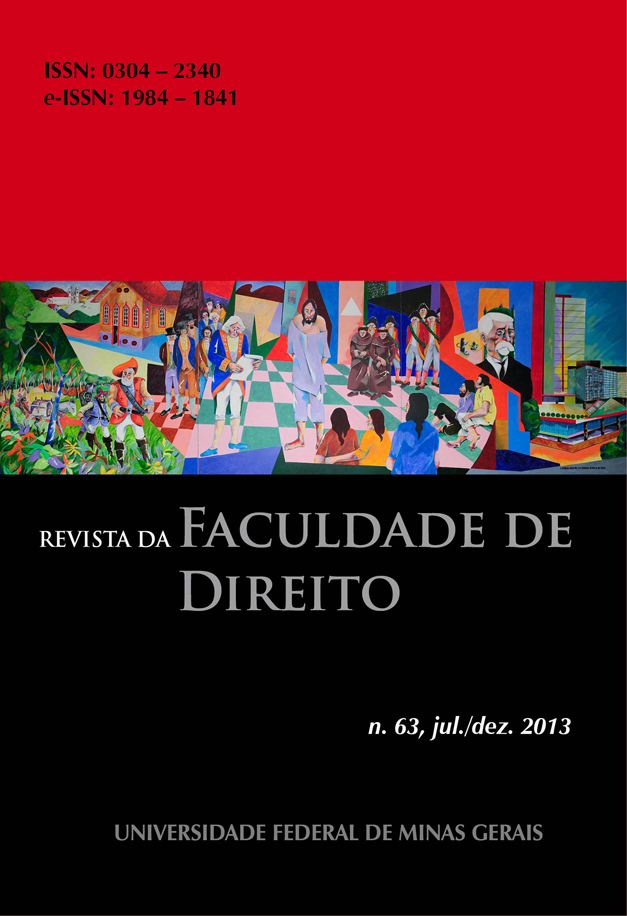SANS CHINATOWN? L’INTÉGRATION DES MIGRANTS CHINOIS À LUBUMBASHI (DRC) - DOI: 10.12818/P.0304-2340.2013v63p255
Résumé
La présence des chinois se laisse voir par l’érection des restaurants chinois et des casinos dans la ville de Lubumbashi. Pour ceux qui aiment la vie by night, on a fait cas des prostituées chinoises dans la ville. Si cette présence chinoise se déploie lentement sous le mode de la transformation des l’espace urbain avec des icônes chinoises, des analyses sur le processus de leur intégration dans la ville sont rares. C’est pour combler ce pan de la réalité de la migration dans cet espace urbain que ce papier est rédigé. Cette recherche se fonde sur des données récoltées grâce à des récits de vie, l’observation et l’analyse documentaire.
MOTS-CLÉS: Migration. Intégration. Chinois. Lubumbashi. Espace urbain.
Chinese migrants become more and more present in the urban landscape of Lubumbashi as elsewhere in DRC. Nowadays this presence goes hand in hand with the growth of Chinese restaurants and casinos and the ideograms. Those who enjoy life by night are told to meet with Chinese sexual workers. If the growing presence of Chinese migrants unfolds change within the urban landscape of the city through Chinese iconography there is still a gap at the level of pieces of thinking on the way migrants be they Chinese or not are coping with integration in Congolese cities. This paper aims at filling this gap as it concerns migration and integration in urban milieus in the Democratic Republic of the Congo. The case study is Lubumbashi, a mining city featured for a long time by migration. The findings of the paper stem from research undertaken through documentary research and qualitative approaches like life stories and observation.
KEYWORDS: Migration. Integration. Urban Space. Chinese. Lubumbashi.



